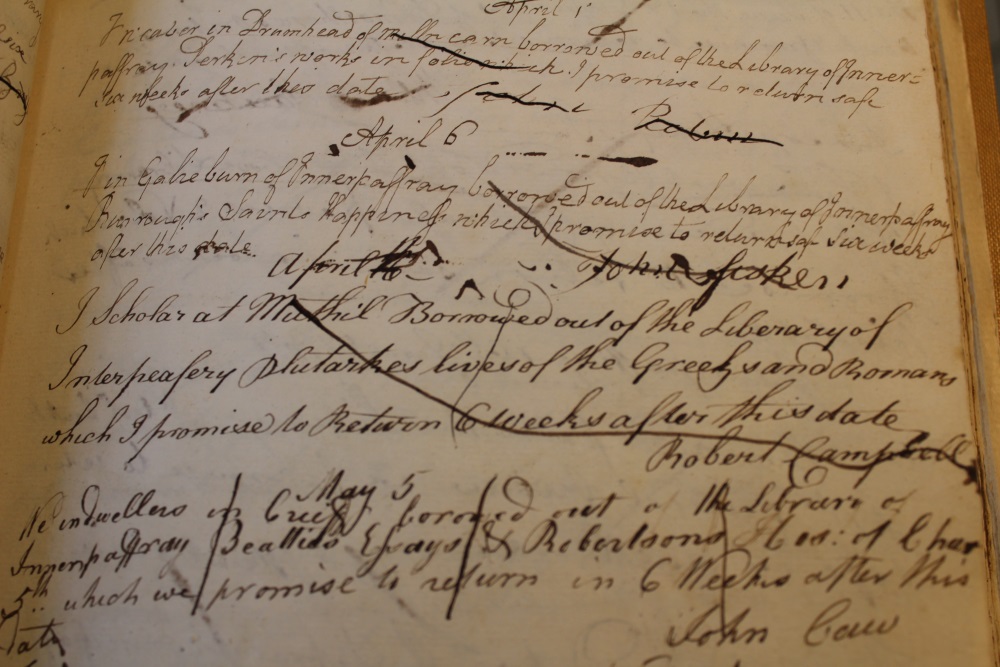
The 21st Century Book Historian: Challenges in History of Reading Research
This post originally appeared as a guest post on the '21st Century Book Historian' Blog at https://dundeescottishculture.org/activities/21st-century-book-historian/ on the 29th of April, 2015.
Methodologies in History of Reading
Our first Book History workshop, held back in December at the University of Stirling, focused on methodologies in the History of Reading which made me reflect a great deal on my own choice of methodologies.
I often describe my PhD research to interested family members and friends in a basic, but potentially problematic, way. When asked “so what are you studying?” My answer is often something brief along the lines of: “I’m looking at what Scottish children were actually reading in the eighteenth century.”
But one of the main problems I will be addressing is the extent to which we can ever really know what people in the past were “actually reading” and so it is important to think carefully about the methodologies, and word choice, used.
Library Borrowers' Records
My project uses the library records of the Royal High School in Edinburgh and Innerpeffray Library in Perthshire to determine what books children were engaging with in the eighteenth and early-nineteenth centuries. Library borrowers’ records can tell us a great deal about the nature of reading experiences. They can tell us what books were particularly popular, and when; the patterns of borrowing over a long period of time and, in some cases, the ages and occupations of the borrowers, as well as how long they spent poring over their library books.
However, a big problem with library borrowers records is that, although they can tell us what titles people had access to and when, they reveal nothing about the fate of the book once its borrower had signed it out. The book may have sat on a bedside table for four weeks or been lent on to a friend before being returned without the borrower ever having actually read it. Particularly with school libraries, there is the additional problem of never knowing how much influence the teacher or librarian had on the choices made by the child borrowers.
Interpreting the Evidence of Reading
So how can we, as book historians or historians of reading, overcome this problem? Dr Katie Halsey kicked off our workshop with a useful look at how we interpret the evidence of reading experiences. The three action-points I took away from her talk were to:
• Combine different types of evidence
• Take interpretative difficulties seriously
• Make sure to defend your methodological approach
We may not be able to find out what children were really reading in the eighteenth century but by combining the rich evidence found in library borrowers’ records with other anecdotal evidence, such as diaries, we may be able to draw a clearer picture of what books children had access to and were, to some extent, engaging with. We just need to be particularly careful that we take these “interpretative difficulties seriously” and consider what else may be at play in the reading experiences of children both within and outwith educational institutions.